Easy Science Fair Project Ideas for 4th Grade
Nothing gets kids more excited for science than hands-on experiments! Watch your fourth grade science students' eyes light up when they try some of these activities. You'll find physics, biology, engineering, chemistry, and more. These projects are easy to set up and really help drive the learning home. Get ready for some science fun!
(Just a heads up, WeAreTeachers may collect a share of sales from the links on this page. We only recommend items our team loves!)
1. Flick marbles to learn transfer of energy
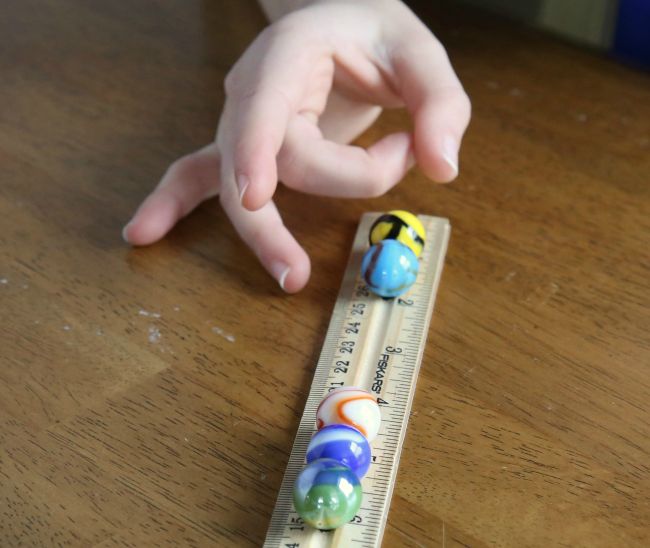
This experiment is a bit of a thinker: What will happen when one moving marble hits several stationary marbles sitting in a row? Flick the first marble and find out!
Learn more: Frugal Fun for Boys and Girls/Marble Energy Transfer
2. Measure a magnet's attractive force
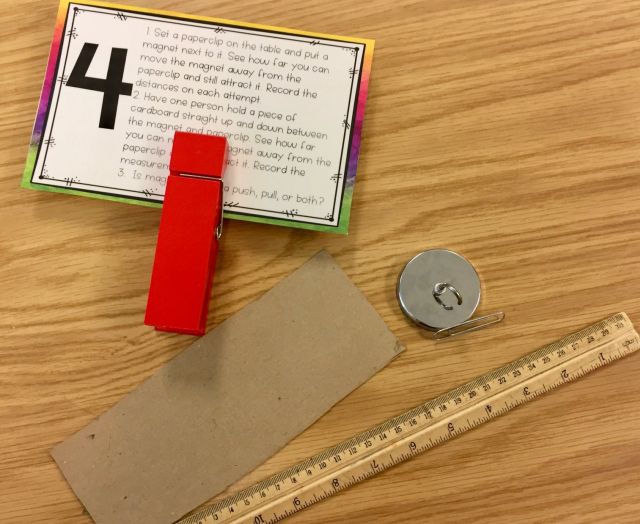
Fourth grade science students already know that magnets attract some metal objects. In this experiment, they'll measure to see how close a magnet needs to be to an object for the attraction to work. Mix things up with different sizes of magnets and objects of various weights.
Learn more: Ashleigh's Education Journey
3. See light refraction in action

This seems more like a magic trick, but we promise it's science! Make colors seem to appear and disappear, change numbers into letters, and more.
Learn more: Ronyes Tech
4. "Draw" on water with dry erase marker

This is another one of those mind-blowing science demos that kids will want to try over and over again. Draw on a shallow bowl or plate with dry erase markers, then slowly add water. The marker (which is insoluble in water) will float to the top!
Learn more: Active Littles
5. Paint with sunscreen

Prove that sunscreen really does provide protection from harmful UV rays. Turn this into a full-blown experiment by trying different SPFs or comparing it to other creams or lotions without SPF.
Learn more: Team Cartwright
6. Blow unpoppable bubbles
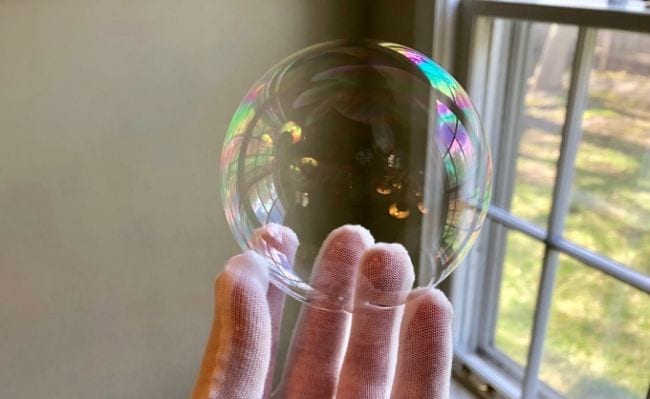
A soap bubble you can hold in your hand? It's true! A little glycerin makes the soap bubble layers stronger, so you can even toss them gently from person to person.
Learn more: Learning Resources
7. Grow crystal names

No list of fourth grade science experiments would be complete without crystals! Kids of all ages love growing crystals, making this an ideal way to learn about supersaturated solutions. The classic experiment gets a new twist when you have kids shape pipe cleaners into their own names first.
Learn more: Playdough to Plato
8. Engineer a drinking straw roller coaster

STEM challenges are always a hit with kids. We love this one, which only requires basic supplies like drinking straws. (Get more fourth grade STEM challenges here.)
Learn more: Frugal Fun For Boys and Girls
9. Make a wigglebot
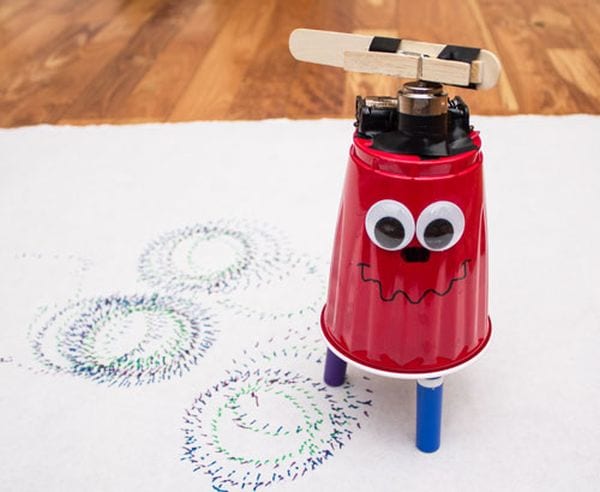
Who knew electricity could be so adorable? Explore the science behind batteries and motors by creating a simple "wigglebot." Experiment with weights to throw the motor off balance and create fun designs.
Learn more: Research Parent
10. Grow bacteria in Petri dishes

Your students will truly feel like scientists when they perform this classic experiment. They'll prep the dishes with agar, swab different surfaces, and see what bacteria they grow. It's gross science, but also easy and impressive.
Learn more: Steve Spangler Science/Growing Bacteria
11. See coastal erosion in action

Here's a cool experiment to include in your unit on oceans. Build a miniature coastline, then see how wave action erodes the shore.
Learn more: Little Bins for Little Hands/Erosion
12. Construct a working flashlight

You'll only need a few supplies to guide your students in building their own LED flashlights. They'll learn how electricity travels and the way circuits work. The slideshow available through the link makes this lesson a breeze for teachers, too.
Learn more: Mystery Science/DIY Flashlight
13. Erupt a lemon volcano

Early chemistry experiments with acids and bases are always a lot of fun. This one uses the natural acids of lemon juice and adds a little food coloring to up the wow factor.
Learn more: STEAM Powered Family
14. Sink and float to explore density

Ask your students if any of them have ever gone swimming in the ocean and noticed that it's easier to keep afloat there than in a pool. Then, try this experiment to learn why that happens.
Learn more: Science Kiddo
15. Discover a density rainbow

Colorful, simple, and impressive: it's the trifecta of fourth grade science experiments! Wow your students by layering colored sugar water as you learn about density, adhesion, and cohesion.
Learn more: Little Bins for Little Hands/Sugar Density Rainbow
16. Become human sundials

Choose a sunny day and grab some sidewalk chalk—your students are about to become sundials! They'll practice measuring skills and learn about the movement of the sun across the sky.
Learn more: Rhythms of Play
17. Transform milk into plastic

Plastic seems incredibly modern, but people have been making casein plastic from milk for centuries. In this science project, students experiment to create the formula for the best milk plastic. They'll be amazed at the results!
Learn more: Science Buddies/Milk Plastic
18. Simulate an earthquake

The ground under our feet may feel solid, but an earthquake changes that pretty quickly. Use Jello to simulate the earth's crust, then see if you can build an earthquake-proof structure.
Learn more: Teaching Science
19. Mine for chocolate chips

If you're learning about mineral resources, this quick hands-on activity is an interesting way to explore the effects of mining. Kids have two minutes to find as many chocolate chips as they can in a cookie. Will they smash it up and destroy it entirely? Pick them out one by one? This experiment can lead to intriguing discussions.
Learn more: Sarah's STEM Stuff
20. Assemble an edible DNA model

Use licorice sticks, four different colored candies or fruits, and toothpicks to build an edible strand of DNA. Learn about chemical bonds and the helix shape, then eat your creation!
Learn more: wikiHow
21. Layer an edible soil model

Digging in the dirt is fun, but it's even more fun when you can eat the dirt when you're done! Create edible soil layer models, complete with gummy worms, for a simple earth science project. (Find more edible science projects here.)
Learn more: Super Teacher Blog
22. Brew elephant toothpaste

OK, this isn't really what elephants use to brush their teeth, but this big foamy exothermic reaction needs a big name! Wow your class using simple materials, including dish soap, hydrogen peroxide, and a packet of yeast.
Learn more: Science Bob
23. Test Sharpie solubility

Find out if Sharpie markers are really permanent with this 4th grade science activity that uses the scientific method to explore solutes and solvents.
Learn more: Around the Kampfire
24. Build a hovercraft

It's not exactly the same model the military uses, but this simple hovercraft is a lot easier to build. An old CD and a balloon help demonstrate air pressure and friction in this fun fourth grade science experiment.
Learn more: Education.com/DIY Hovercraft
25. Learn about capillary action

Kids will be amazed as they watch the colored water move from glass to glass, and you'll love the easy and inexpensive set-up. Gather some water, paper towels, and food coloring to teach the scientific magic of capillary action.
Learn more: 123 Homeschool 4 Me/Capillary Rainbow
26. Find out if mood rings really work

Apply the rigors of the scientific method to mood rings! Find out what makes mood rings change color, then see if they really reflect a person's mood.
Learn more: Education.com/Mood Rings Validity Test
27. Create a smartphone projector

No projector in your classroom yet? No problem! Have your students help you construct one for your smartphone using a cardboard box and large magnifying glass. They'll learn about convex lenses and how the brain processes images too.
Learn more: The STEM Laboratory
28. Set up a pulley system

The science of machines never fails to fascinate kids. In this experiment, they'll design their own pulley system to make it easier to lift an object.
Learn more: 123 Homeschool 4 Me/DIY Pulley
29. Design a working elevator

Engineering activities make for amazing hands-on learning. Challenge your students to build an elevator that can safely lift a certain amount of weight.
Learn more: Teachers Are Terrific
30. Turn a penny green

Experiment with simple chemical reactions as you turn pennies green using vinegar. Don't forget to tell them that the Statue of Liberty is green because of the very same reasons.
Learn more: Buggy and Buddy/Penny Reactions
31. Use marshmallows to explore Boyle's Law

Seeing Boyle's Law (which relates pressure and volume of gasses) in action makes it a little easier to understand and remember. This simple 4th grade science experiment uses marshmallows to make a great visual.
Learn more: Hojo's Teaching Adventures
32. Create a new plant or animal

Kids will really get into this project, indulging their creativity as they invent a plant or animal that's never been seen before. They'll need to be able to explain the biology behind it all, though, making this an in-depth project you can tailor to any class.
Learn more: I Love 2 Teach
33. Form ocean currents

Learning about oceanography? Demonstrate how ocean currents form using warm and cold water (and a few plastic sea creatures for extra fun!).
Learn more: Life Over C's
34. Understand the impact of non-renewable resources

This is a neat Earth Day activity. Discuss the differences between renewable and non-renewable resources, then have your class form "companies" to "mine" non-renewable resources. As they compete, they'll see how quickly the resources are used. It's a great tie-in to energy conservation discussions.
Learn more: The Owl Teacher
35. Explode a Mentos geyser

Here's another classic for the 4th grade science experiments list: diet soda and Mentos! Everything you've heard about this experiment is true, so choose an outdoor location and get ready to make an enormous mess as you explore nucleation.
Learn more: Steve Spangler Science/Mentos Geyser
36. Investigate decomposition
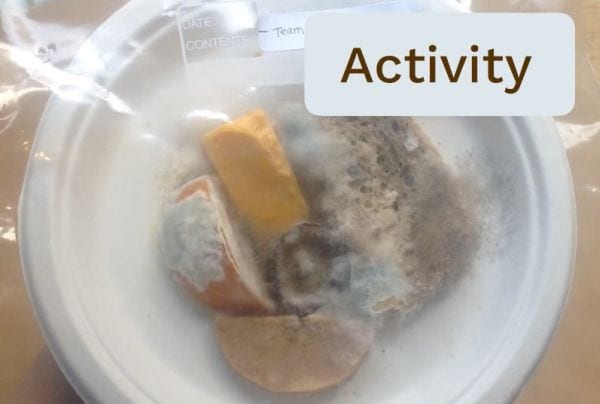
Yup, it's gross… so your kids will love it! Seal food items in a plastic bag and experiment to see what factors affect their decomposition, helped along by a heaping helping of mold.
Learn more: Mystery Science/Decomposition
37. Explore blood components

Use simple kitchen supplies to create a jar full of "blood" that includes plasma, platelets, red blood cells, and white blood cells. (You can even snack on the blood cells along the way!)
Learn more: Almost Supermom
38. Watch gravity beads prove Newton's Laws

You'll need a loooooooong string of beads for this experiment. Make your own by taping dollar store strings together, or buy a long bead garland. Pile them in a cup and start the beads going; it's fascinating to watch inertia and gravity at work.
Learn more: Teach Beside Me/Gravity Beads
39. Make a model seismometer
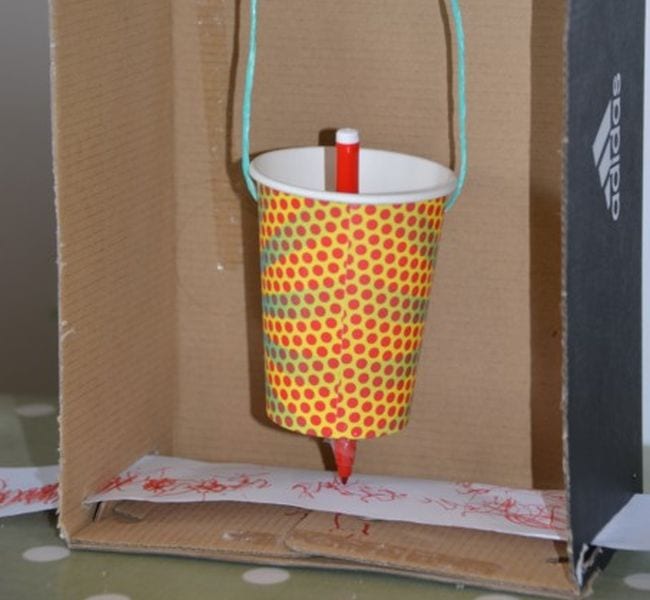
Explore the science of seismology and learn how scientists study earthquakes and their effects. This model seismometer is easy to build and fun to experiment with.
Learn more: Science Sparks/Seismology
40. Conduct an egg drop

Here's one more classic to round out our list of 4th grade science experiments: the egg drop! The great thing about this project is that kids can do it at any age, with different materials and heights to mix it up. Hit the link below to get an egg drop project designed just for 4th graders.
Learn more: Buggy and Buddy/Egg Drop
Keep the STEM excitement going with these 21 Fantastic and Free Fourth Grade Math Games.
Plus, sign up for our newsletters to get all the latest teaching tips and ideas, straight to your inbox.

castellanoslited1960.blogspot.com
Source: https://www.weareteachers.com/4th-grade-science-experiments/
0 Response to "Easy Science Fair Project Ideas for 4th Grade"
Post a Comment